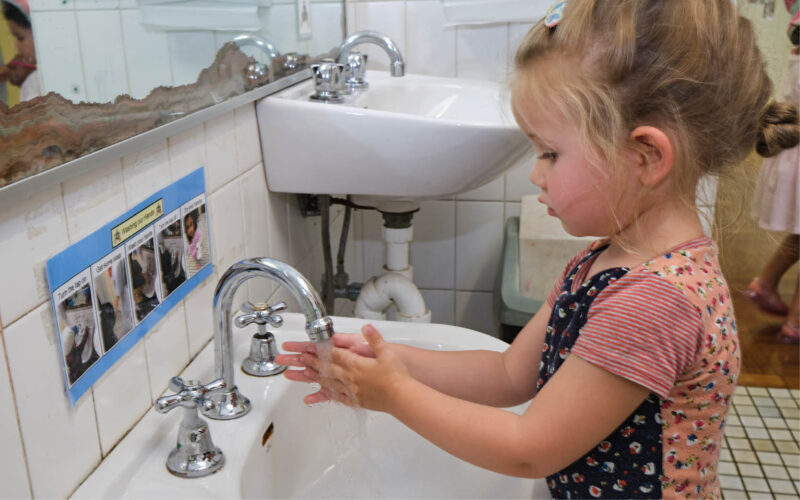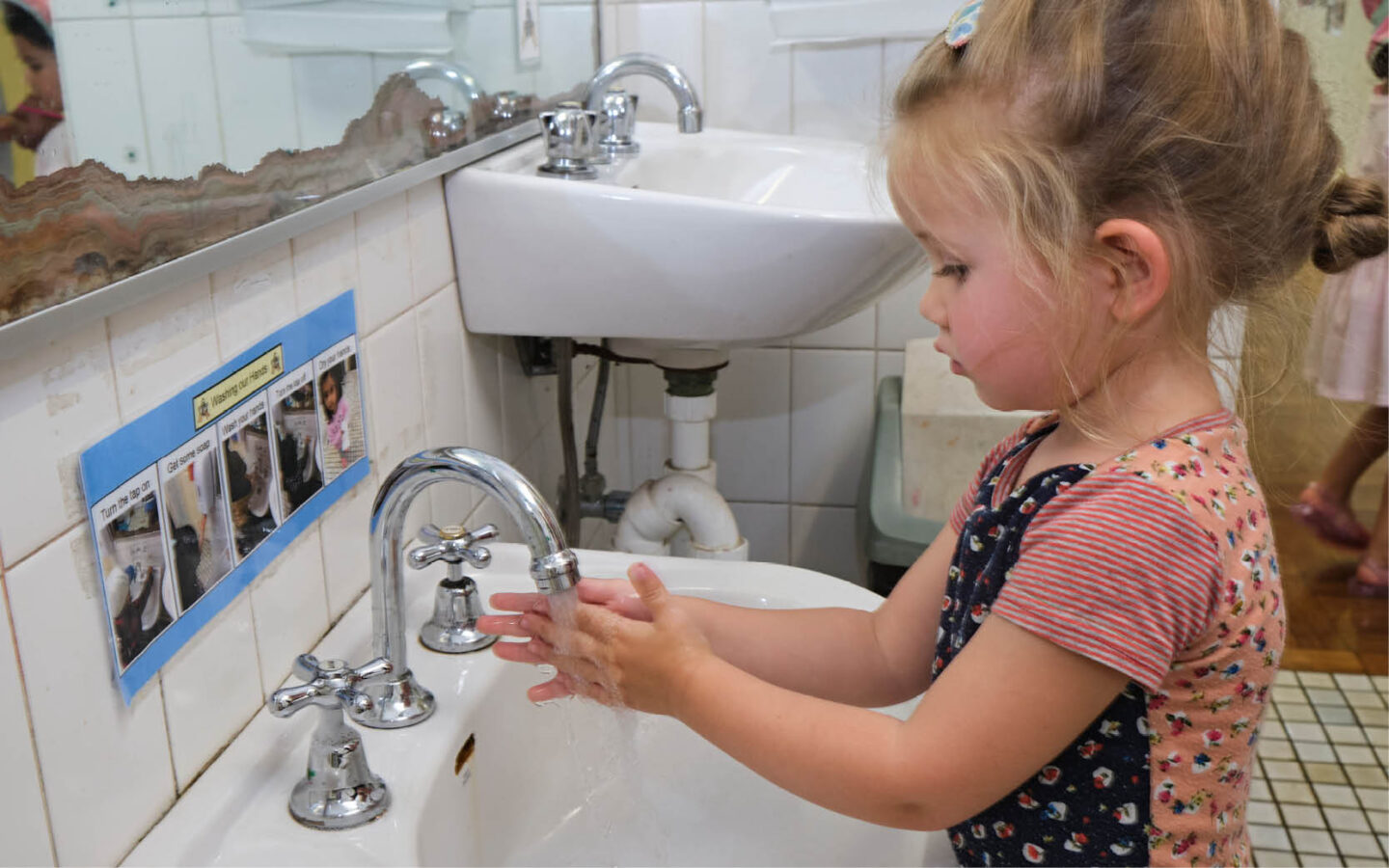

Supporting Children's Toilet Learning
Toilet Learning vs Toilet Training
‘Toilet learning’ is different from ‘toilet training’. Toilet learning uses a child-centered approach, which respects the child’s learning pace, confidence and readiness. It is based on the idea that children naturally develop the skills and awareness they need to use the toilet when they are physically, emotionally, and cognitively ready.
While the toilet learning approach may take longer than the toilet training approach, it is likely to be a more positive and stress-free experience for both you and your child. It is about supporting your child when they are ready to start learning rather than imposing a rigid and adult-led schedule.
Signs your child may be ready for toilet learning
Every child is different and therefore the age at which they are toilet-ready can vary significantly. However, most children are ready to learn how to use the toilet sometime between the ages of 18 months and three years.
Signs that your child may be ready for toilet learning include:
- Their nappy is staying dry for two or more hours
- They are interested in using or playing with the toilet
- They show an interest in wearing underwear, and/or a dislike of wearing a nappy.
- They can pull their pants up and down on their own.
- They know about ‘wees’ and ‘poos’, and can express the need to use the toilet, either verbally or with body language.
- They can follow simple verbal instructions.
Steps to Successful Toilet Learning
1. Create a positive toilet space environment
Allow your child to explore the bathroom space and to become familiar with the toilet or potty. They may want to climb on and sit on the toilet or potty, with their clothes either on or off. Let them see you or their siblings using the toilet. Offer your child the opportunity to sit on the toilet or potty between nappy changes, or before their bath. You can read fun story books about using the toilet and /or weeing or pooing with your child and play pretend nappy change/toilet games with dolls or teddy bears as props to make the process more familiar and fun.
2. Encourage your child’s independence
Let your child choose their own potty/toilet seat attachment and whether they are using training pants or pull ups, allow them to choose the pants with the colour or pattern they prefer. Encourage them to wear clothes that they can pull up and down easily to use the toilet, and encourage them to use toilet paper, flush the toilet and wash and dry their hands with minimal help. The idea is that your child feels empowered and that learning to use the toilet is a positive experience.
3. Create a routine
While flexibility is important, having a routine helps your child learn when they need to use the toilet. Observe patterns in your child’s toileting habits, such as the times at which they usually wee or poo, such as after meals, before naptime or before bedtime. At these times, offer your child the opportunity to sit on the potty or toilet. They may or may not do anything, but the idea at this stage is for them to develop a sense of familiarity and comfort with sitting on the toilet/potty. If your child chooses not to sit on the toilet or potty accept their choice and offer the opportunity again later.
Don’t ask your child to sit on the potty or toilet for more than 3-5 minutes, even if they haven’t done a wee or a poo, as being forced to sit for longer may feel like punishment.
4. Encourage your child
Celebrate success with positive reinforcement to boost your child’s confidence and motivation. Praise your child using ‘precise praise’, rather than with generic praise such as “good boy/girl”. Examples of precise praise is:
- “Well done for sitting on the potty/toilet”
- “It’s great that you told me you needed to wee/poo, let’s get to the toilet/potty”
- “You did a great job at wiping your own bottom”.
Using treats or rewards such as stickers or star charts can tend to distract your child from the actual learning process, so they are best avoided. Also avoid using negative words such as “dirty”, “yukky” or “stinky” in relation to toilet learning.
5. Be prepared for mistakes and setbacks
Toileting ‘accidents’ will likely occur—mistakes are to be expected when anyone, adult or child, is learning a new skill. This is especially true if they are unwell, tired or coping with other stresses or challenges in their lives. If an accident happens, keep calm, help your child to clean up any mess, and move on. If your child senses that you are frustrated, angry or upset with them it can create feelings of anxiety around toileting and which can cause further setbacks or resistance.
Be prepared for fluctuations during the toilet learning process. Some days your child will manage toileting easily and other days they may have many accidents or even resist using the toilet at all.
It is common for a child who has been successfully using the toilet for weeks or months to suddenly have a period of days or weeks with many accidents each day. Additionally, if your child is generally unwell, tired, or undergoing any other change in family life (For example new sibling, new preschool) this can also cause regression in their use of the toilet. Understanding from adults usually results in children being able to regain this learning, and to confidently begin using the toilet again.
Conclusion
Supporting a child’s toilet learning requires patience, encouragement, and flexibility. By respecting your child’s readiness and providing a positive and supportive environment, you can make learning this milestone skill an empowering experience for your child, while celebrating their progress and enjoying the journey together.
Contact Us
If you have any questions or would like more information, please email us at childrensservices@theinfantshome.org.au.